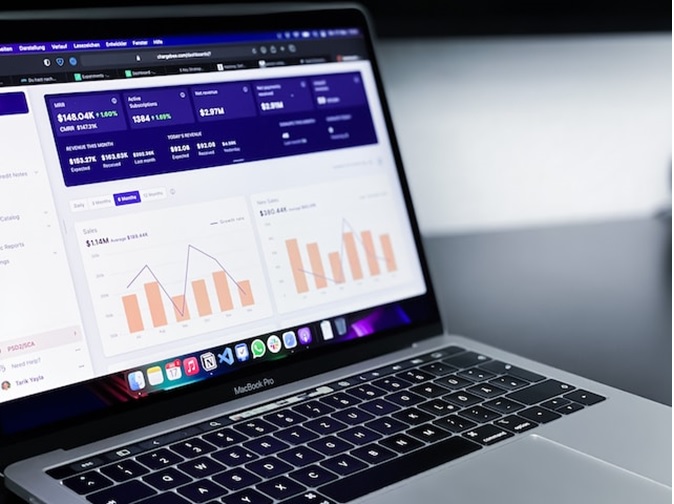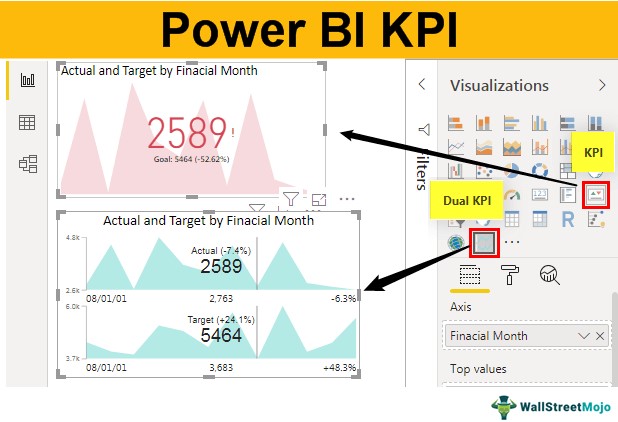Prescriptive Analytics
Prescriptive analytics is a type of advanced analytics that uses data, mathematical algorithms, and machine learning techniques to identify the best course of action for a given situation. It goes beyond descriptive and predictive analytics, which provide insights into what has happened and what might happen in the future, respectively.
Prescriptive analytics seeks to optimize decisions and outcomes by taking into account multiple constraints, scenarios, and trade-offs. It can be applied to a wide range of business problems, such as supply chain optimization, pricing and promotion optimization, fraud detection, risk management, and customer retention.

Figure 1. Prespective Analytics
Advantages and Disadvantages of Prescriptive Analytics
Advantages
Prescriptive analytics can cut through the clutter of immediate uncertainty and changing conditions. It can help prevent fraud, limit risk, increase efficiency, meet business goals, and create more loyal customers. When used effectively, it can help organizations make decisions based on highly analyzed facts rather than jump to under-informed conclusions based on instinct.
Prescriptive analytics can simulate the probability of various outcomes and show the probability of each, helping organizations to better understand the level of risk and uncertainty they face than they could be relying on averages. Organizations that use it can gain a better understanding of the likelihood of worst-case scenarios and plan accordingly.
Disadvantages
But prescriptive analytics is not foolproof. It is only effective if organizations know what questions to ask and how to react to the answers. As such, it's only effective if its inputs are valid. If the input assumptions are invalid, the output results will not be accurate.
This form of data analytics is only suitable for short-term solutions. This means businesses shouldn't use prescriptive analytics to make any long-term ones. That's because it becomes more unreliable if more time is needed.
Not all prescriptive analytics providers are made the same. So it's important for businesses to carefully consider the technology and who provides it. Some may provide real, concrete results while others make the promise of big data and fail to deliver
One example of prescriptive analytics is the use of optimization algorithms to determine the most efficient route for a delivery truck based on factors such as traffic, weather, and delivery windows. Another example is the use of simulation models to test different scenarios and strategies for managing a complex system, such as a manufacturing plant or a hospital.
Prescriptive analytics can help businesses and organizations make more informed and effective decisions, improve operational efficiency, reduce costs, and increase customer satisfaction. However, it requires advanced data analytics skills, a deep understanding of business processes, and access to high-quality data and technology.
References:
- https://www.investopedia.com/terms/p/prescriptive-analytics.asp
- https://tdwi.org/articles/2019/05/14/adv-all-data-engineering-key-to-data-analytics.aspx
Cite this article:
Hana M (2023), Prescriptive Analytics, AnaTechMaz, pp.48















